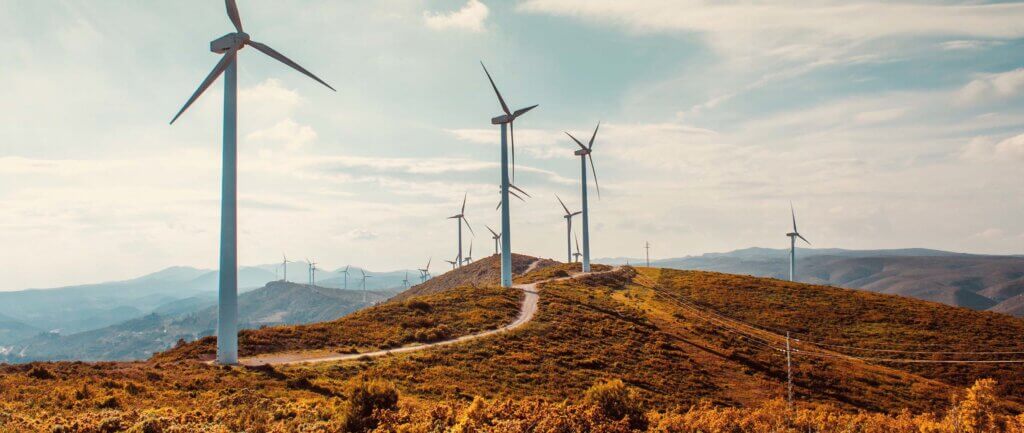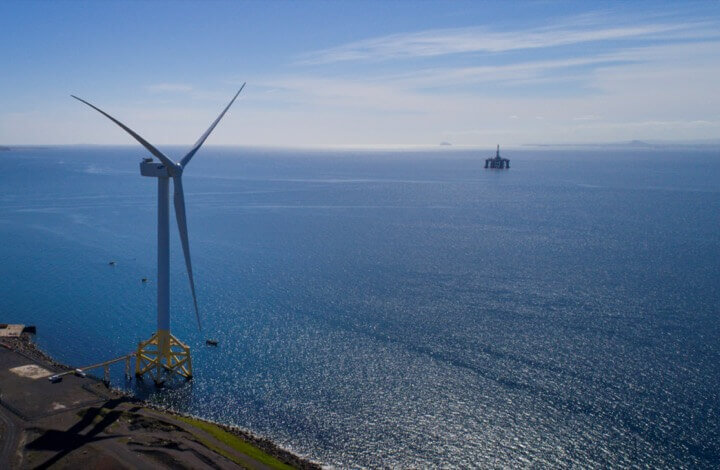Digitalising the energy system

I would strongly recommend the Energy Data Taskforce report. To be honest, it was game changing.
Energy Systems Catapult (ESC) has been at the centre of a huge collaborative effort with industry, Government and the regulator to unlock the potential of digital technology and data to transform the energy system. This includes introducing an open data approach and harnessing digital technology to create jobs, growth and new consumer-friendly market propositions.
Over the last decade of more, energy has lagged behind other sectors in the move towards a ‘modern, digitalised system’.
Commissioned by BEIS, Ofgem and IUK, Energy Systems Catapult launched the Energy Data Taskforce (EDTF). Convening and engaging with over 300 companies, organisations and individuals from the energy sector and beyond to understand the potential of data in addressing the barriers to innovation in driving the energy system towards a net zero, flexible low carbon future.
Described as “game changing” by the energy sector, the EDTF had wide-reaching impact, with recommendations to government, regulators and other energy sector actors, that would result in a vibrant market for energy system innovation. This included asking energy networks to focus on “opening-up data” – enabling researchers and innovators, as well as local and central government to develop new products, services and business models that will help tackle big Net Zero issues.
For example, network data covering topography, capacity, demand, congestion, etc. enables a quick understanding of the most useful low carbon energy assets in a particular area, the deployment challenges, and likely return on investment.
The success of the EDTF has so far spawned 55 innovation projects across the energy sector, many working with Energy Systems Catapult to develop, test and launch before scaling up, raising investment, and growing their businesses.
This included the Modernising Energy Data programme run by ESC, aiming to improve access to data for innovation across the energy system, developing key outcomes such as a Data Catalogue, Digital System Map and Asset Registration Strategy – some of the building blocks for a Common Data Architecture.
The Office of National Statistics are developing the national Data Catalogue to improve energy sector dataset visibility.
The Energy Networks Association reformed to their Data Working Group to deliver the Digital System Map. While BEIS is working with industry on an Asset Registration Strategy.
This Common Data Architecture will make data more accessible and usable for innovators, including:
- UrbanTide – using artificial intelligence and data science to combine data from energy network UKPN, with smart meter data supplied by households, geographical and socio-economic statistics, plus existing fuel poverty insights, to give an accurate picture of which households may need help, especially in areas where people are less likely to come forward and ask for support.
- Advanced Infrastructure – using bid data analysis to combine building-level data from Local Area Energy Planning with geospatial mapping to help innovators and local planners optimise the siting of any combination of low carbon technologies at scale. By maintaining accessible, up-to-date data for whole-system planning, this could reduce the cost of capital for local energy projects by 7%, saving the UK taxpayer £1.4 billion annually.
Following EDTF success, the Energy Digitalisation Taskforce was launched by BEIS in May 2021 focusing on unlocking flexibility and driving clean growth towards net zero.
